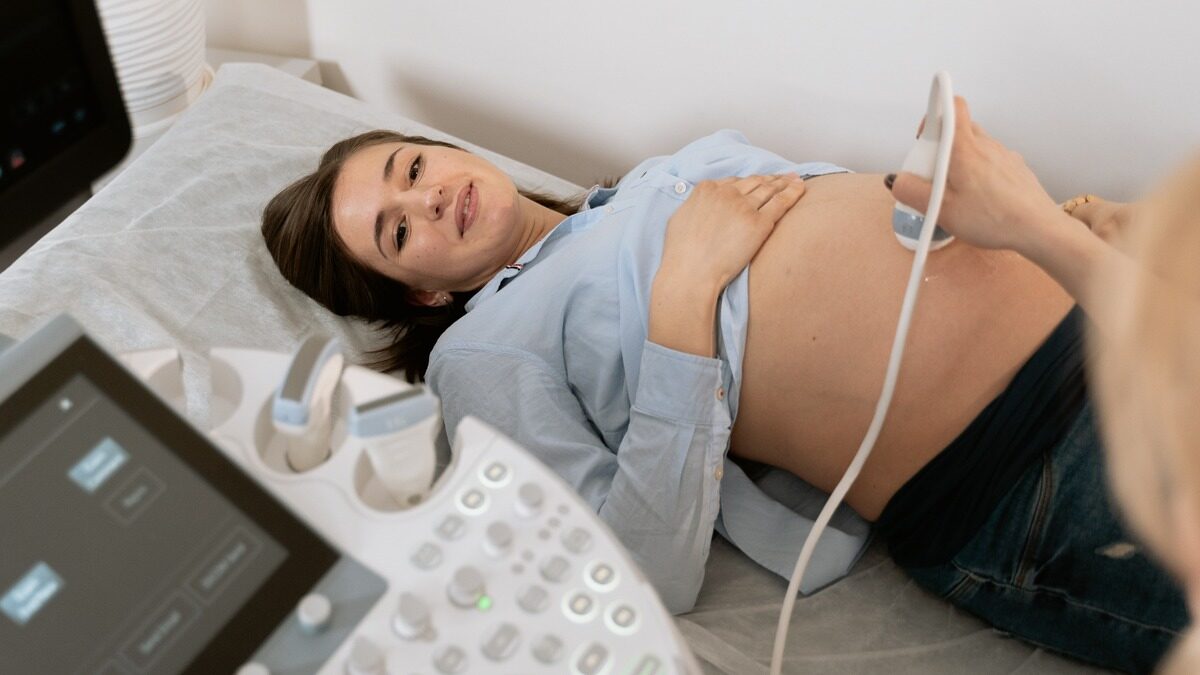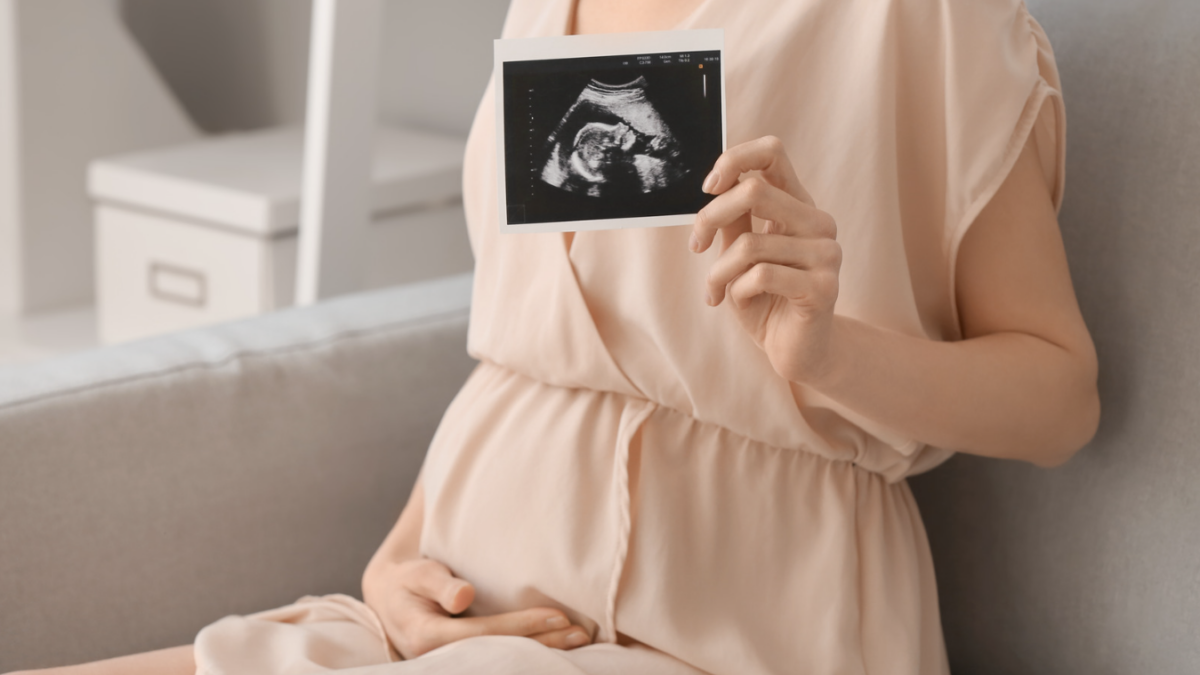In the wake of Dobbs v. Jackson Women’s Health Organization, abortion activists, with the assistance of the Biden administration, are unconscionably sowing confusion among the medical profession and the public. While purportedly advocating for women, they question whether health-care providers are still permitted to provide life-saving care to pregnant women facing medical emergencies in states with strong pro-life laws.
This inquiry is disingenuous and dangerous; abortion activists know every state that is enforcing or seeking to enforce these laws permits abortion when it is necessary to save a pregnant woman’s life. Further, none of the states restrict treatment of ectopic pregnancy or miscarriage management, neither of which are abortions. Yet abortion activists’ animus toward pro-life policy is so great that they are willing to espouse disinformation that will lead to poor outcomes for women and their unborn children.
Banning Abortion Doesn’t Ban Life-Saving Care
In a Wall Street Journal article, Louisiana abortion activist Dr. Rebekah Gee questioned how close to death a pregnant patient must come before doctors may save her life under Louisiana’s new law. To be blunt, Gee does not need more guidance from the state to answer this question—rather, she needs to recall her medical training. Louisiana’s statute permits health-care providers to exercise “reasonable medical judgment” when determining if a pregnancy poses a threat to a patient’s life. This standard is very common in the medical profession and is used in medical malpractice litigation.
State pro-life laws do not designate the precise diagnoses or prognoses that are necessary for a physician to determine that abortion is necessary to save a mother’s life. Such parameters would be impossible to legislate and would effectively replace credentialed physicians with lawmakers. Instead, physicians will continue to use their best judgment and training, with guidance from professional medical organizations, to care for patients, just as they always have.
The reality is that most women facing potentially life-threatening emergencies caused or exacerbated by pregnancy do not want to have abortions. They urgently seek care that protects both their lives and the lives of their unborn children. Medical professionals share this goal, and under the Emergency Medical Treatment and Labor Act (EMTALA), both the mother and unborn baby are patients entitled to care.
Respecting Fetal Life and Giving Women Emergency Care
In fact, “medically indicated separations,” or pregnancy terminations that are necessary to protect the life of the mother, can often occur through labor induction or cesarean section, potentially resulting in a viable baby if he has reached an appropriate gestational age. While the laws in every state permit induced abortion (with the intent of ending fetal life) if needed to protect the mother’s life, compassionate care and respect for fetal life would dictate that the fetus should be delivered intact and alive if possible.
How does this work in practice? A pregnant woman presents in the emergency room in a medical emergency, where a doctor evaluates and stabilizes her. For example, if she is suffering from kidney failure, her care will include labs, medications, and possible intensive care unit admission for dialysis. An obstetrician/gynecologist will be called who will determine if the cause of the patient’s emergency is related to her pregnancy and appropriate recommendations will be made.
Even in dire circumstances, there is generally time for a multi-disciplinary consultation before it is determined if an abortion is necessary. In most circumstances, such as preeclampsia/eclampsia (uncontrollable high blood pressure and possibly seizures), previable preterm premature rupture of membranes (water breaks before labor at an early gestational age), or cardiac decompensation (inadequate maternal heart function), an induction or C-section may be performed by a woman’s own obstetrician, rather than an induced abortion. Even when a patient is hemorrhaging from a placenta previa (placenta lying over the cervical opening), a C-section is the quickest and most effective way to stop the bleeding.
In those tragic circumstances where a baby too young to survive is delivered by induction or C-section, perinatal hospice provides the family an opportunity to hold her, express their love, and say goodbye. This compassionate outcome can help the mother and family’s emotional healing, but it is not possible with an induced dismemberment abortion.
Miscarriage Is Not Abortion
Misrepresentation of state laws surrounding treatment for miscarriage and ectopic pregnancy is even less justified. State laws do not need to “exempt” miscarriage management or ectopic pregnancy treatment from abortion bans because they are not abortions. Some states explicitly exclude these treatments from their definitions of abortion, but those exclusions, while providing more clarity, are superfluous.
Ectopic pregnancy means the baby has implanted outside the uterus, inevitably resulting in internal bleeding and miscarriage, and is a leading cause of maternal mortality in the United States. Treatment of an ectopic pregnancy is not considered abortion because the intent is not to end the embryonic life, but to protect the mother’s life. Actions to remove a fetus after miscarriage (also known as spontaneous abortion) are also not considered abortions under state pro-life laws, because the unborn baby has already died.
Bad-faith confusion over whether health-care providers may continue to use their best medical judgment to treat life-threatening pregnancy complications, ectopic pregnancy, or miscarriage is unjustified. Health-care providers should continue to provide life-affirming obstetric care for their patients and reject pro-abortion falsehoods designed to stoke fear in those states that affirm the value of both moms and their unborn babies.









